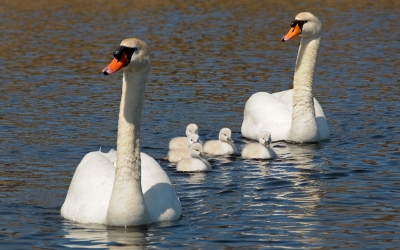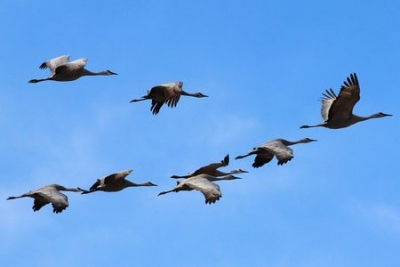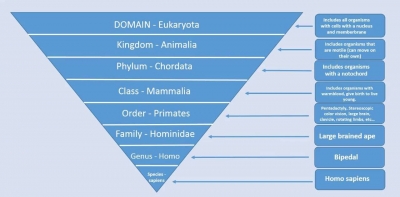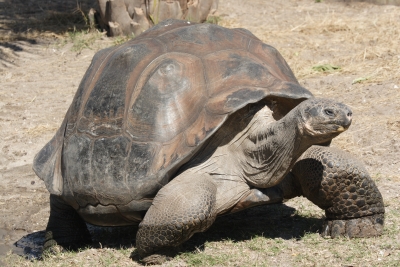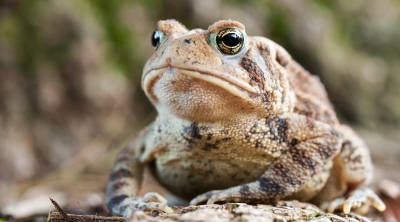
Although frogs and toads can live on land, they have to return to the water to breed. Common frogs can be found in many freshwater habitats. They often show up in garden ponds but are just as happy in lakes, canals and pools. Toads usually prefer wooded ponds and lakes and can sometimes be seen in boggy pools.
Frogs and toads are amphibians, which mean they are equally at home on land and water. Toads, however, generally spend more time away from water than most frogs. Their skin is leathery and watery and they do not lose water so easily on dry land. On land a frog hops to escape danger, whereas a toad will walk. The bodies of some frogs and toads have adapted to survive in very dry conditions, such as in deserts.
|
Fact File: A frog’s eyes are on top of its head so it can see above the water’s surface. This way he can keep a watch out for predators. |
Picture Credit : Google



